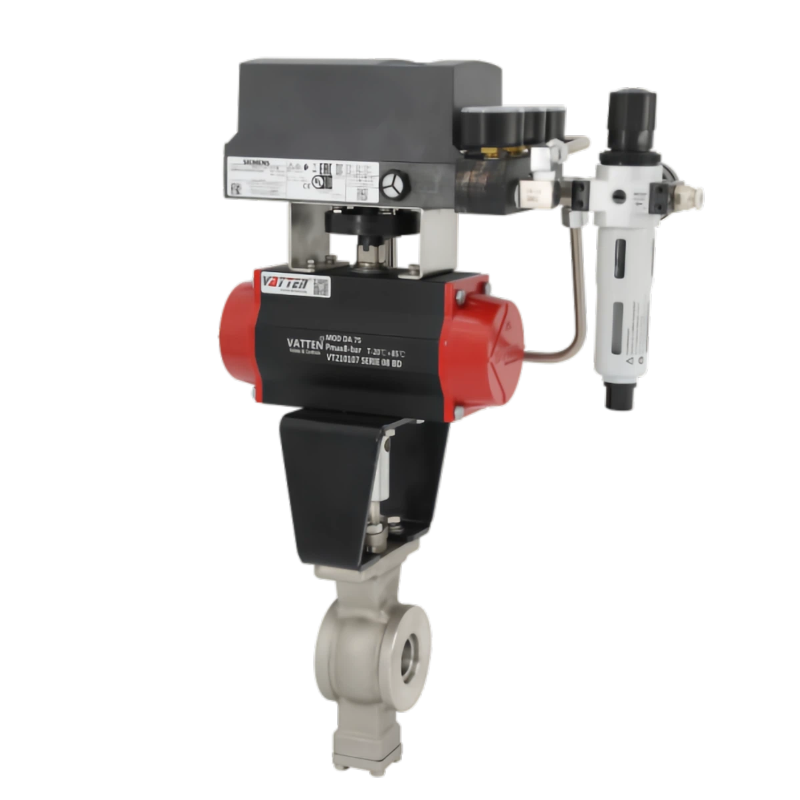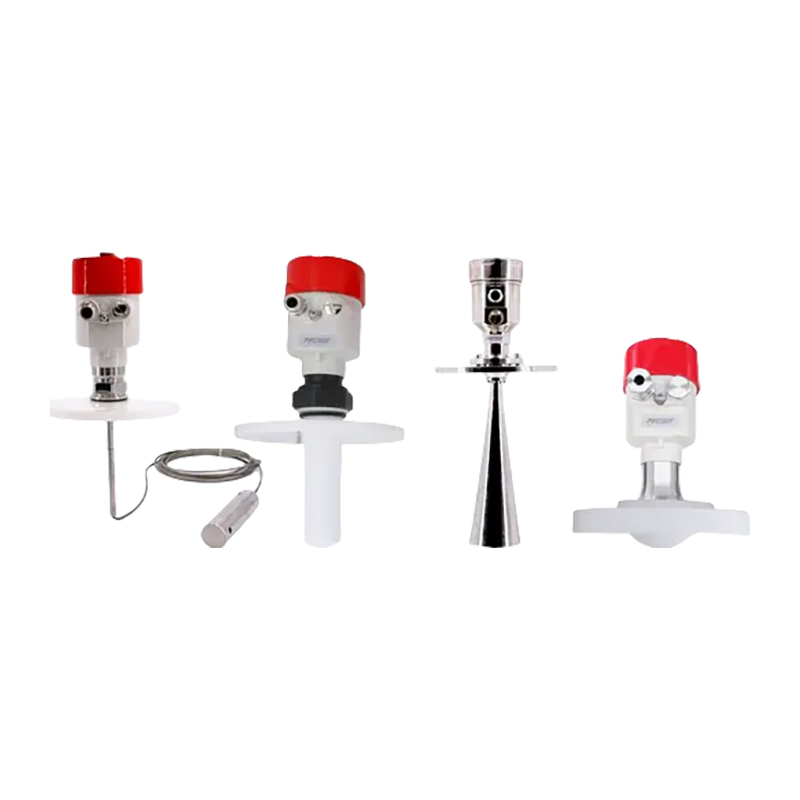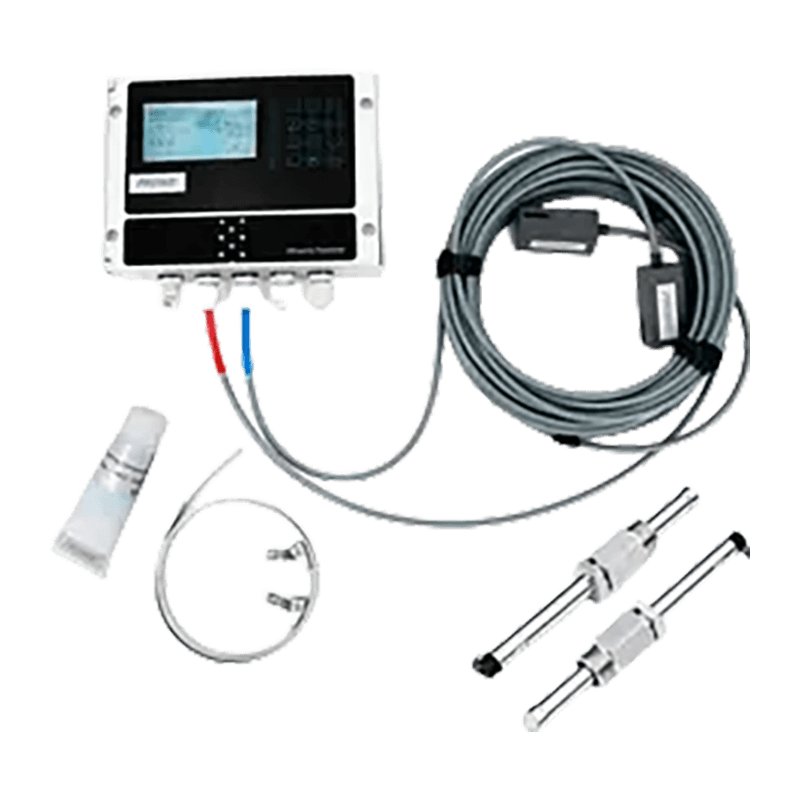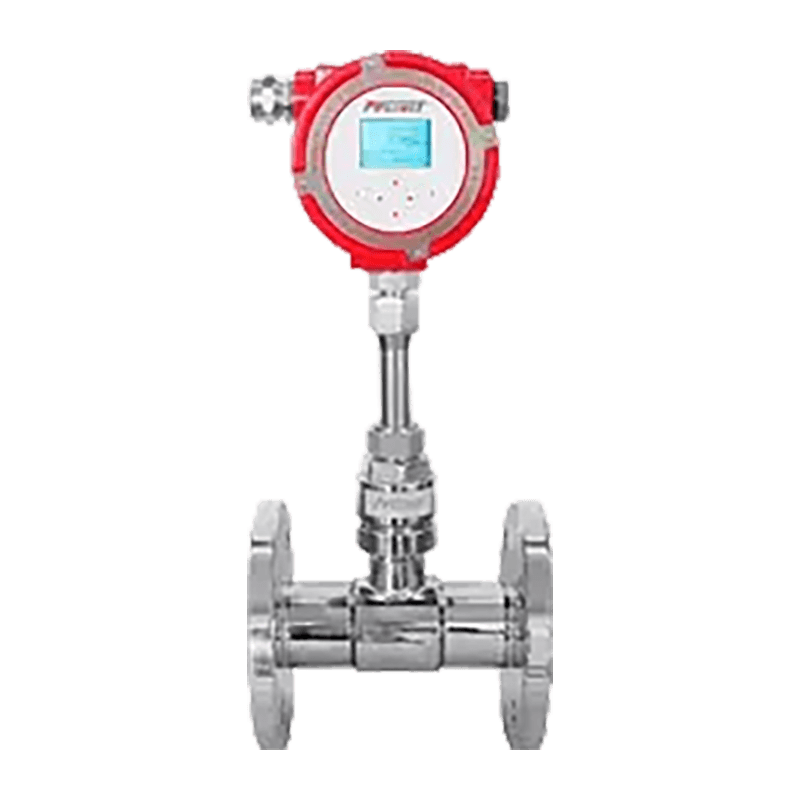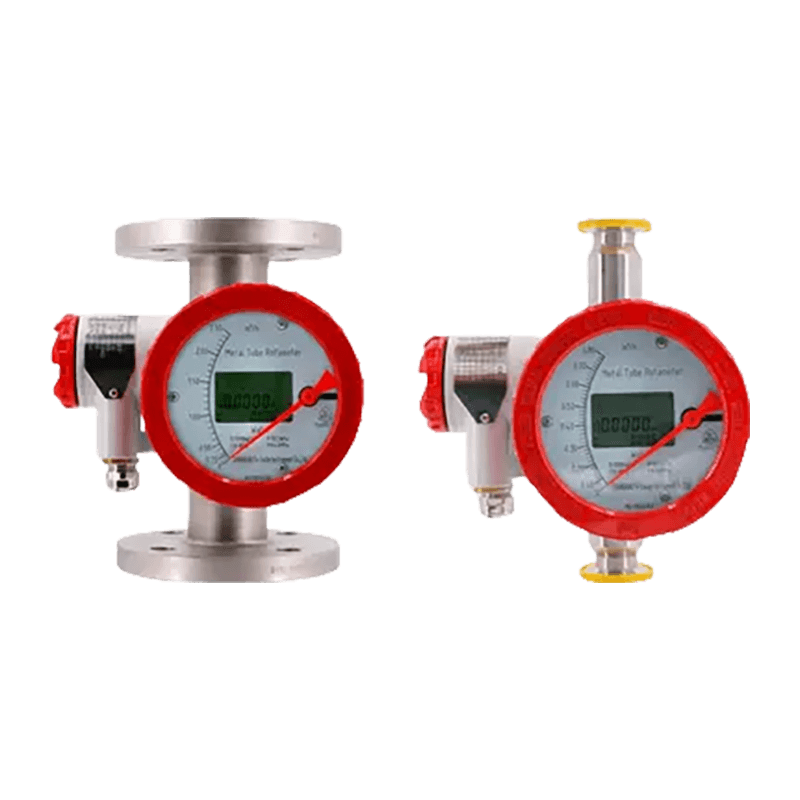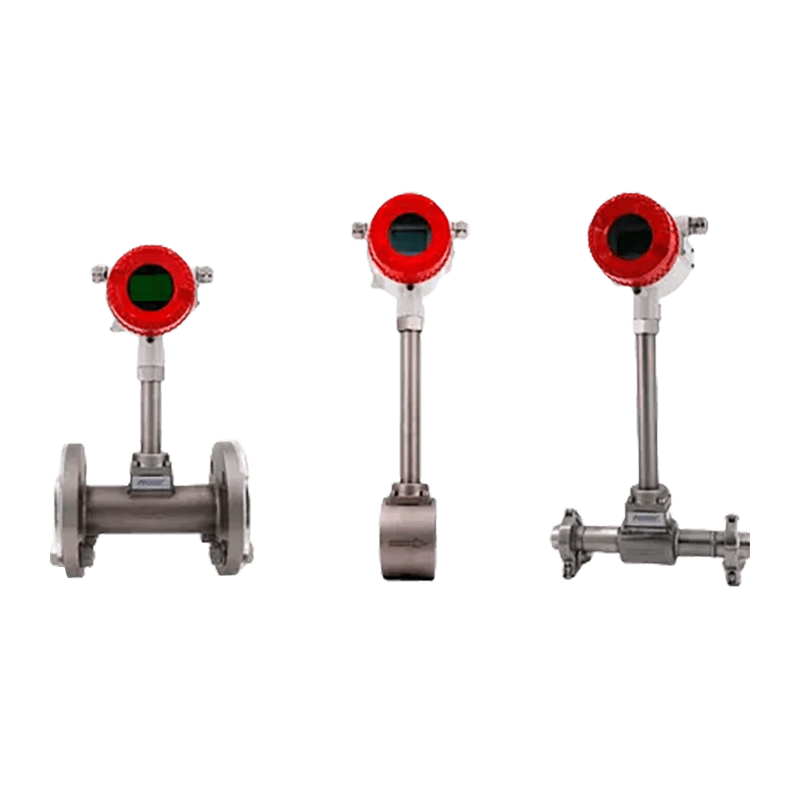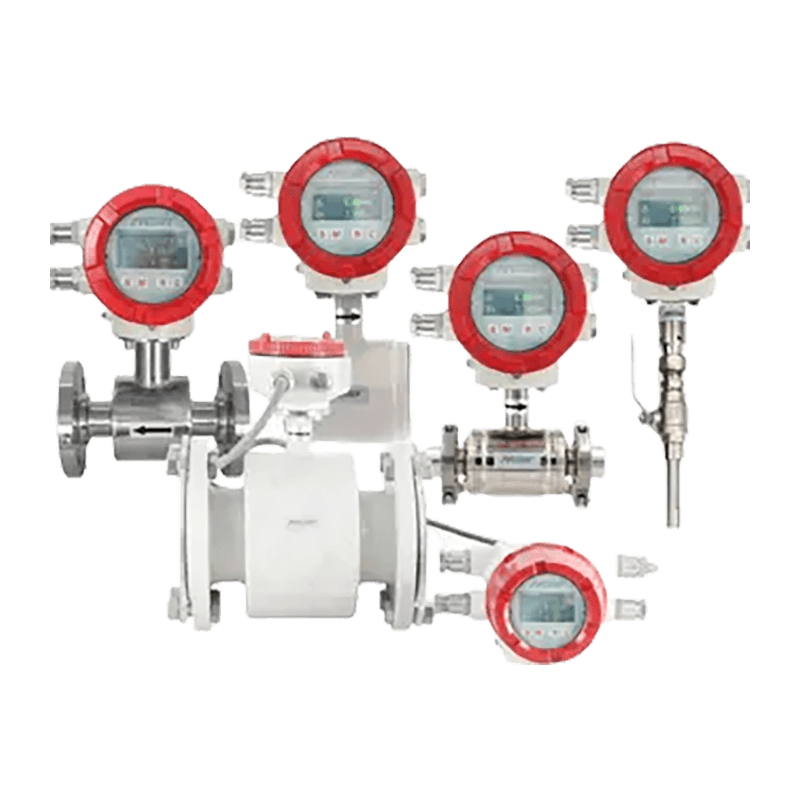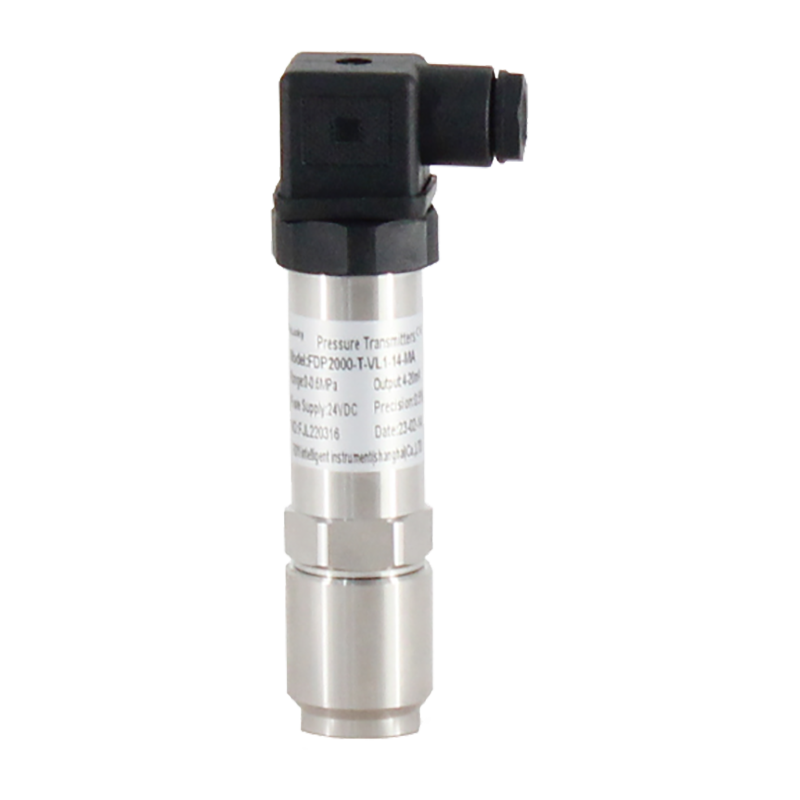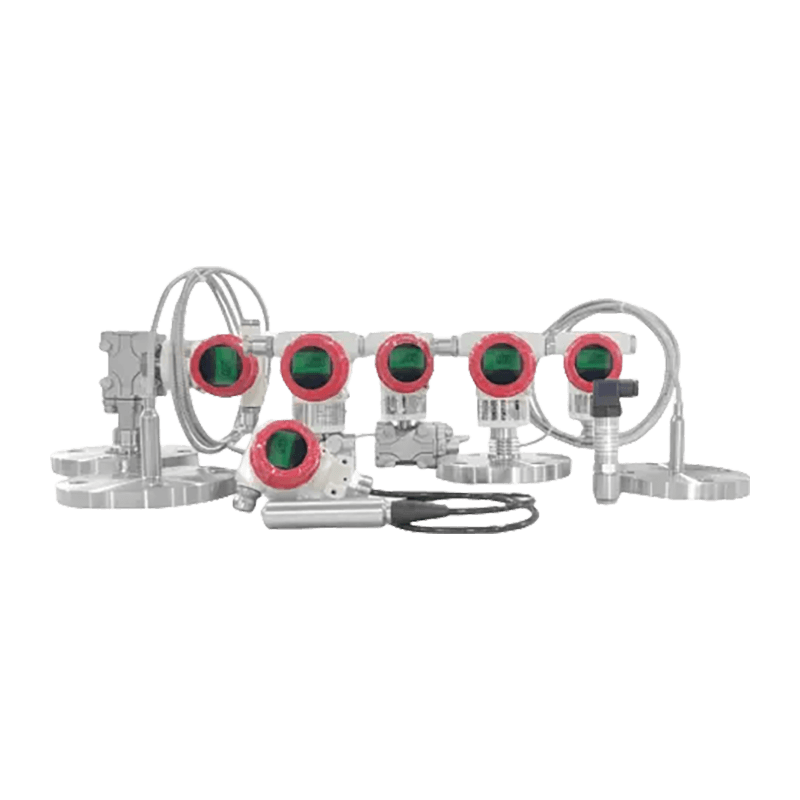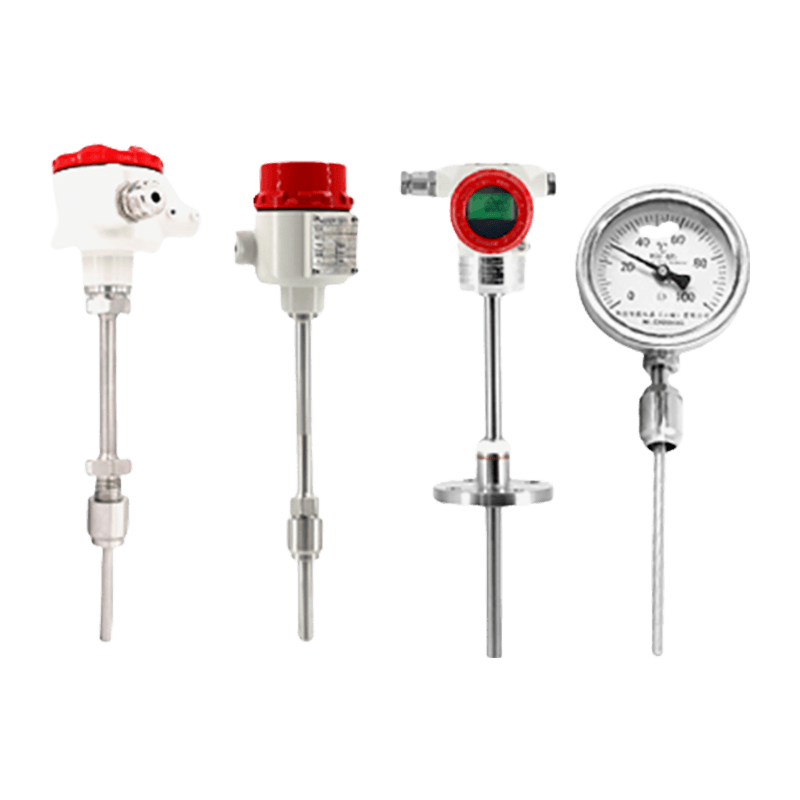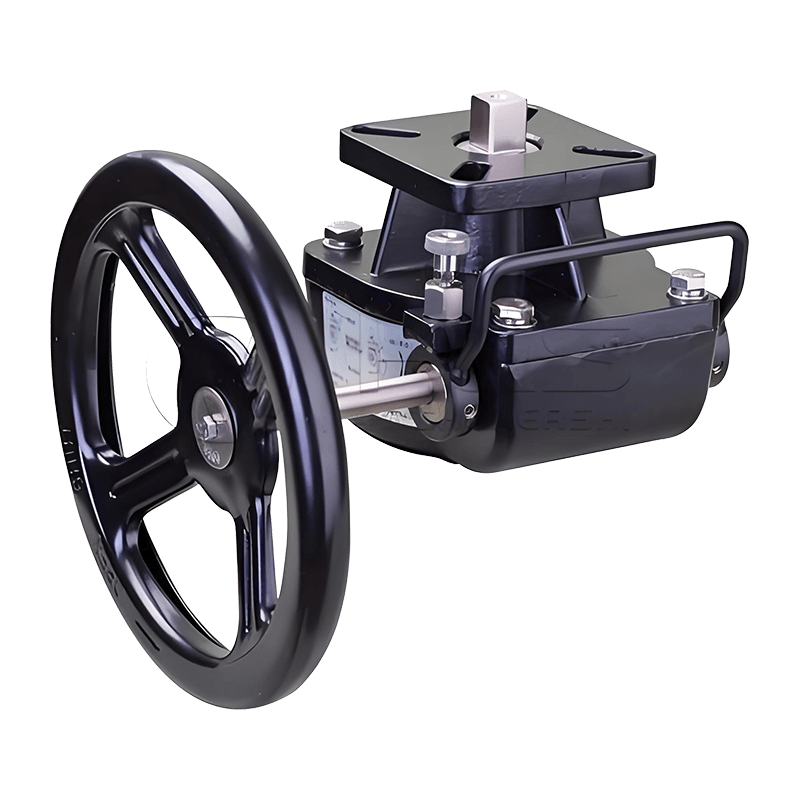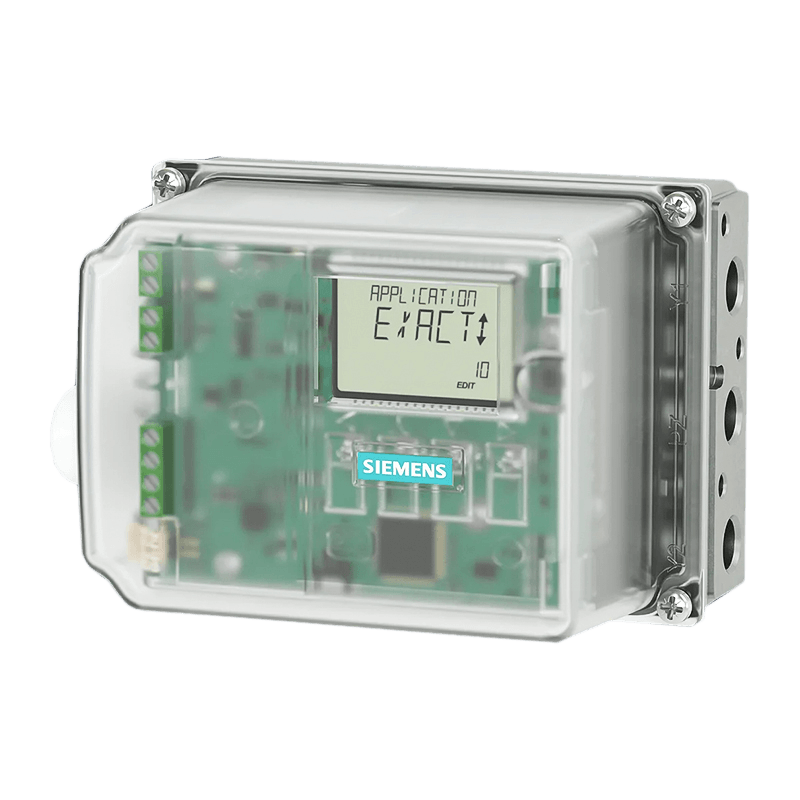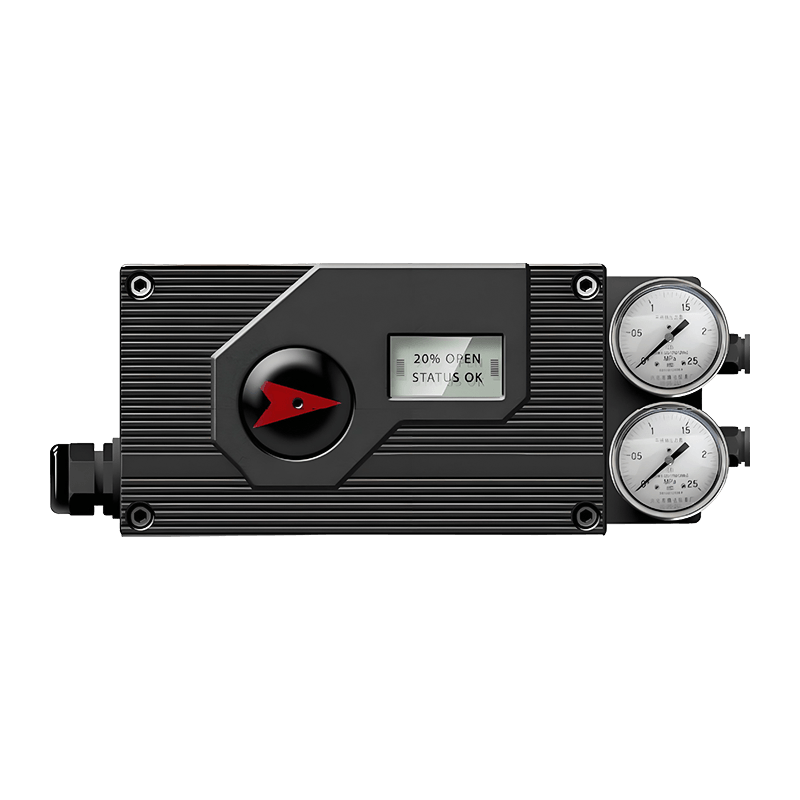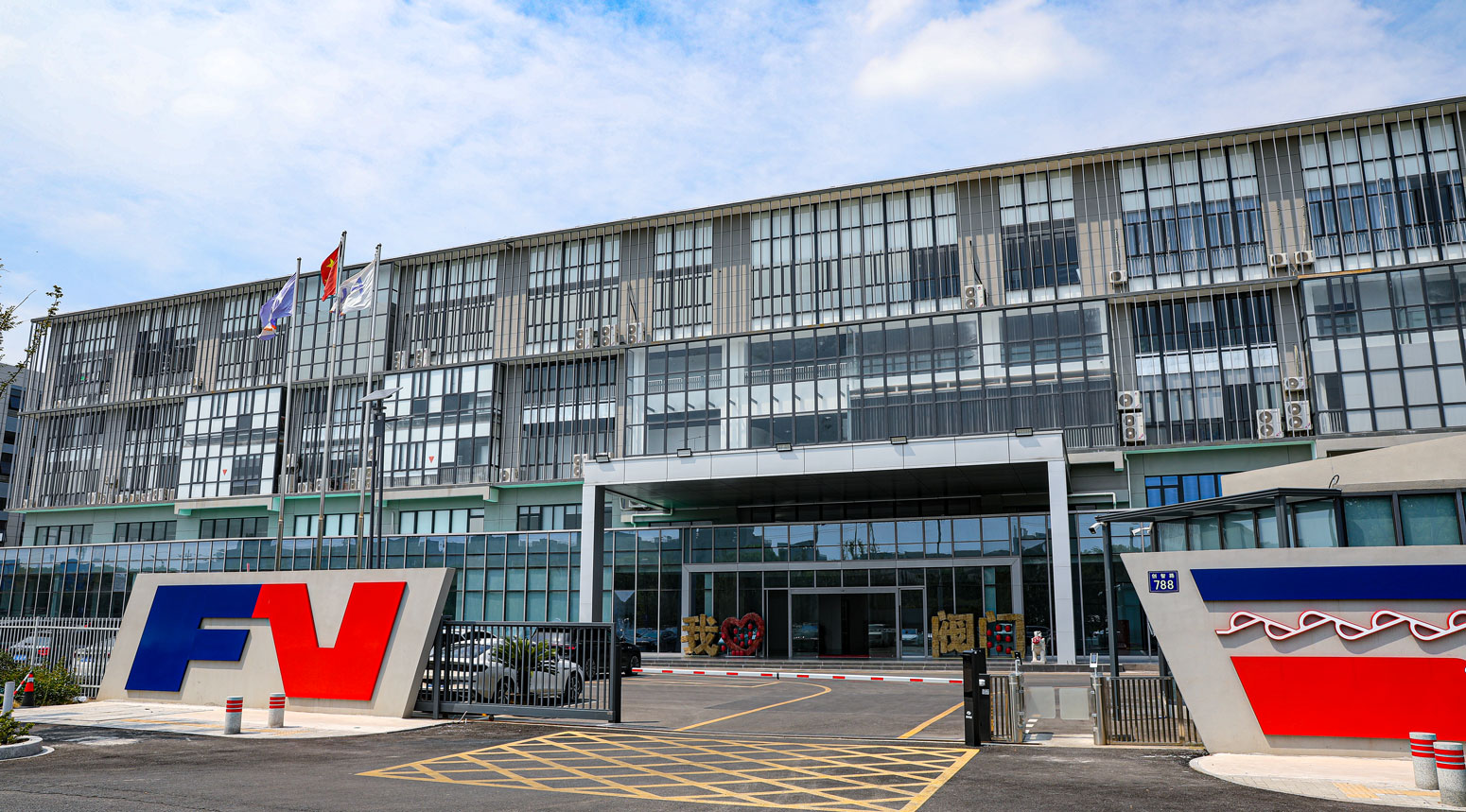
Pneumatic Stainless Steel Gate Valve
Pneumatic Stainless Steel Gate Valve Description
The pneumatic stainless steel gate valve operates using compressed air. A distinctive feature of this valve is that when it is closed, the sealing surface relies solely on the medium pressure to achieve sealing. Specifically, the pressure of the medium pushes the sealing surface of the gate plate against the opposite valve seat, thus ensuring a self-sealing effect. This design eliminates the need for external force to maintain the seal when the valve is closed.
In contrast, most traditional gate valves employ a forced sealing method. In this design, when the valve closes, external force must be applied to press the gate plate tightly against the valve seat in order to ensure a proper seal. While this method guarantees sealing, it requires additional force or action to achieve the desired result.

The pneumatic gate valve features reliable performance, easy operation switching, and convenient maintenance. It has been widely used in petroleum, chemical, marine, and other industries for controlling various types of media.
The pneumatic gate valve is equipped with both a pneumatic actuator and a manual operating mechanism.
The actuator adopts a dual-cylinder structure, which doubles the lifting force compared with single-cylinder pneumatic gate valves.
It effectively solves the issue found in single-cylinder pneumatic gate valves where some valve plates get wedged inside the valve body and cannot be opened.
It is designed with a buffering mechanism that significantly reduces wear on the sealing surfaces of the gate plate and valve body caused by piston impact when closing the valve, while also preventing the gate plate from getting stuck.
Product
Parameters
We can design and develop according to the needs of our customers to meet the requirements of different clients.
The pneumatic gate valve features reliable performance, easy operation switching, and convenient maintenance. It has been widely used in petroleum, chemical, marine, and other industries for controlling various types of media.
The pneumatic gate valve is equipped with both a pneumatic actuator and a manual operating mechanism.
The actuator adopts a dual-cylinder structure, which doubles the lifting force compared with single-cylinder pneumatic gate valves.
It effectively solves the issue found in single-cylinder pneumatic gate valves where some valve plates get wedged inside the valve body and cannot be opened.
It is designed with a buffering mechanism that significantly reduces wear on the sealing surfaces of the gate plate and valve body caused by piston impact when closing the valve, while also preventing the gate plate from getting stuck.
Vatten Valve Group, a globally renowned industrial automation valve enterprise originating from Saarland, Germany, specializes in the research, development, and manufacturing of core products such as automatic control ball valves, butterfly valves, and regulating valves. Leveraging our exceptional technological expertise, we deliver innovative valve solutions and professional technical support to critical industries including energy, chemical, water treatment, pharmaceutical, and food processing.
The Group operates four state-of-the-art manufacturing bases strategically located in Shanghai, Tianjin, Lishui, and Jiaxing, China. To better serve international markets, we have established branch offices in key strategic locations including the United Kingdom, Turkey, Belarus, Saudi Arabia, and Indonesia. The establishment of our Indonesian office significantly enhances our service capabilities in the Southeast Asian market, ensuring timely and efficient technical support and services for local partners and clients.
Rooted in the German tradition of precision manufacturing, Vatten Valve maintains its focus on automatic control valves while strictly adhering to international quality standards. We are committed to continuous innovation, providing customers with superior performance products, professional technical support, and comprehensive fluid control solutions, empowering them to address complex industrial fluid control challenges.

 English
English Deutsch
Deutsch bahasa Indonesia
bahasa Indonesia


